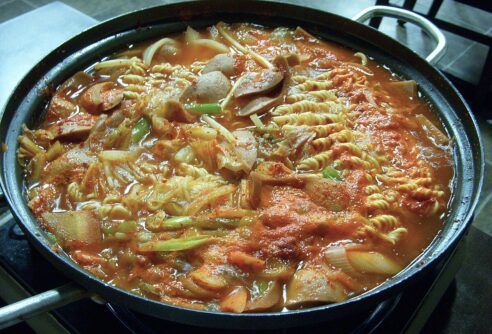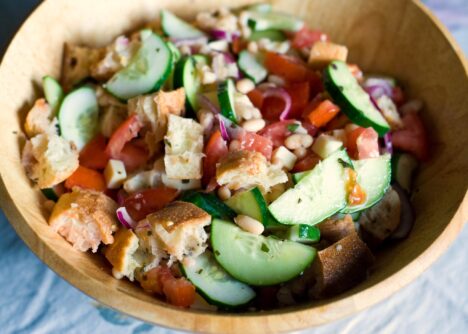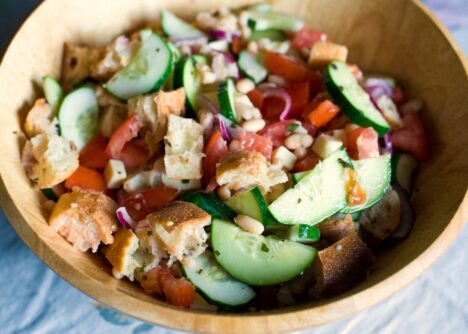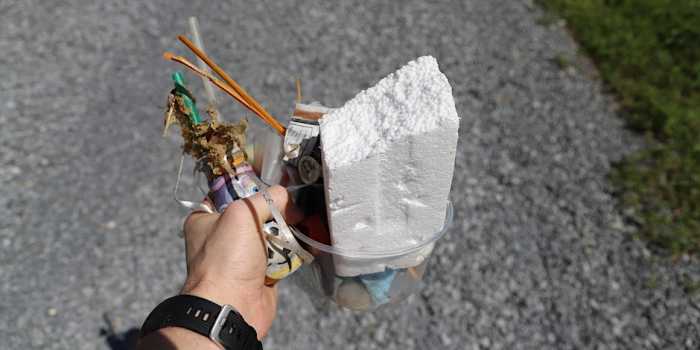Many popular dishes around the world have intriguing military origins, reflecting how wartime needs and resource constraints shaped culinary traditions. Here are a few notable examples:
Spam
This iconic canned meat product, created by Hormel Foods in 1937, became a staple in military rations during World War II. Spam’s long shelf life, ease of preparation, and versatility made it ideal for feeding troops. Its popularity spread globally, leading to its adoption in various local cuisines. In Hawaii, for example, Spam is a beloved ingredient in dishes like Spam musubi, a sushi-like treat.

MREs (Meals Ready-to-Eat)
Developed by the U.S. military in the 1980s as a modern alternative to C-rations, MREs are a pre-packaged, self-contained meal designed to be consumed in combat situations. They come with a variety of entrees and snacks, such as beef stew, pasta, and crackers. While initially designed for practicality and convenience, some MRE components have gained a following among food enthusiasts who appreciate their novelty and history.
C-rations
Before MREs, C-rations were the primary field ration for U.S. soldiers, especially during World War II and the Korean War. These rations included a main course, a dessert, and sometimes a pack of cigarettes. They were often criticized for their unappetizing nature, but they represented an important development in military food technology. Over time, elements of C-rations, like the canned meat and fruit, found their way into civilian recipes and traditions.
Army Stew (Budae Jjigae)
This Korean dish has a fascinating origin story. After the Korean War, South Korea faced food shortages, and people began incorporating surplus U.S. military ingredients like Spam, sausages, and baked beans into their cooking. The result was budae jjigae, a hearty stew that blends traditional Korean flavors with these imported ingredients. It’s a testament to how military provisions can be adapted into beloved national dishes.

Soldier’s Soup (Panzanella)
In Italy, panzanella, a rustic bread salad, has roots in the culinary practices of soldiers and peasants. Traditionally, it was made with leftover bread, tomatoes, onions, and cucumbers, a frugal way to use up stale bread. This dish has evolved into a popular Italian summer salad, showcasing how military and peasant cooking practices can influence mainstream cuisine.

These dishes illustrate how military needs have driven innovation in food, leading to recipes that often outlast their original context and become cherished parts of diverse culinary traditions.
Upcoming Events
Friday, Aug. 30: Food Truck Friday from 5-9 p.m. at VFW Levittown (55 Hickory Ln., Levittown)
Saturday, Aug. 31: Military Kids On Court from 1:30 to 6:30 p.m. with Blue Star Families at U.S. Open (USTA Billie Jean King National Tennis Center, Flushing Meadows Corona Park, Queens)
Sunday, Sept. 1: Veterans BBQ from noon at American Legion Levittown (3123 North Jerusalem Ave., Levittown)
Saturday, Sept. 7: Summer BBQ beginning at 11 a.m. at Elmont American Legion (60 Hill Ave., Elmont)
Saturday, Sept. 7: Veterans’ Celebration at noon at Pat’s Barber Shop (17 Emerson Ave, Levittown)
Friday, Sept. 13: Luncheon for senior veterans at 11:30 a.m. at Bethpage Community Center (103 Grumman Road West, Bethpage)
Friday, Sept. 13: Luncheon for senior veterans at 11:30 a.m. at St. Mary Knights of Columbus (78 Hempstead Ave., Lynbrook)
Saturday, Sept. 14: Women Veterans Military Service Ceremony at 11:30 a.m. at Cradle of Aviation (Museum Row, Garden City)
Thursday, Sept. 19: Veterans BBQ from 11:30 a.m. to 2:30 p.m. at Eisenhower Park (Parking Field 6 in East Meadow)
Sunday, Sept. 22: VFW Anniversary Dance from 3 to 8 p.m. at Antun’s of Queens Village
Sunday, Sept. 22: Jimmy’s Run/Gold Star Memorial in Manhasset. Details to follow.
–Christy Hinko is a managing editor at Anton Media Group and a U.S. Navy veteran. This is part of a monthly column called Long Island Veterans Bulletin, in connection with her own online bulletin board at www.facebook.com/livetsbulletin.

































